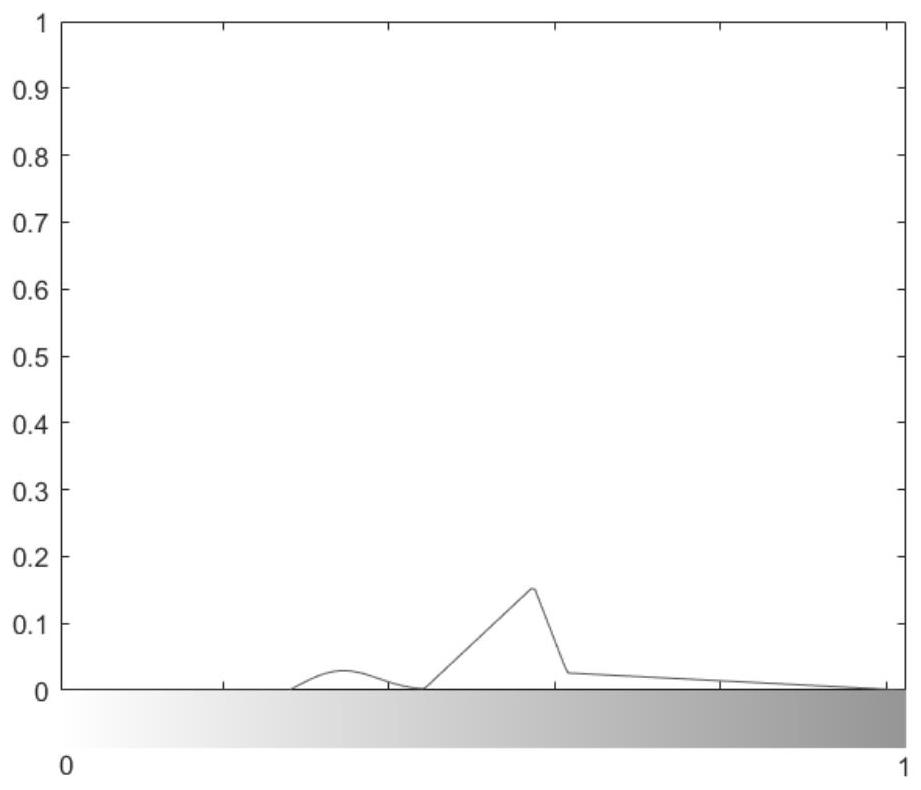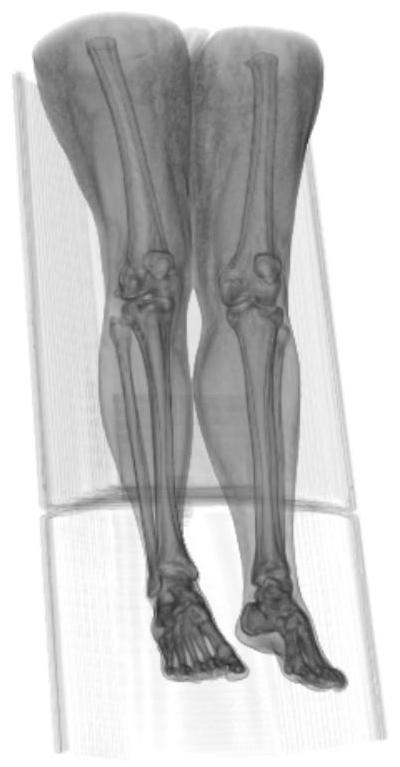A ray-casting-based region-of-interest fusion method for bimodal volume data
A technology of region of interest and fusion method, which is applied in the field of 3D volume data visualization, can solve problems that are rarely considered, achieve good fusion, and improve the efficiency of visual analysis
- Summary
- Abstract
- Description
- Claims
- Application Information
AI Technical Summary
Problems solved by technology
Method used
Image
Examples
Embodiment Construction
[0046] The specific embodiments of the present invention will be described below with reference to the accompanying drawings and examples.
[0047] figure 1 A flow chart of a ray-casting-based bimodal volume data region-of-interest fusion method according to the present invention is given, and its main steps are as follows:
[0048] Step S1: Input two registered volume data of different modalities, and let them be V A and V B .
[0049] The modalities fused in this example include CT and PET, and the data used are from the cancer public image database TCIA (Clark K, Vendt B, Smith K, et al. The Cancer ImagingArchive (TCIA): maintaining and operating a public information repository .Journal of DigitalIma-ging,2013,26(6):1045-1057.), is the leg scan data of a patient with moderate synovial sarcoma, the size of the data is 256×256×127. Let CT data be V A , PET data is V B .
[0050] Step S2: Calculate V separately A and V B The amount of information in each voxel is calc...
PUM
 Login to View More
Login to View More Abstract
Description
Claims
Application Information
 Login to View More
Login to View More - R&D
- Intellectual Property
- Life Sciences
- Materials
- Tech Scout
- Unparalleled Data Quality
- Higher Quality Content
- 60% Fewer Hallucinations
Browse by: Latest US Patents, China's latest patents, Technical Efficacy Thesaurus, Application Domain, Technology Topic, Popular Technical Reports.
© 2025 PatSnap. All rights reserved.Legal|Privacy policy|Modern Slavery Act Transparency Statement|Sitemap|About US| Contact US: help@patsnap.com



